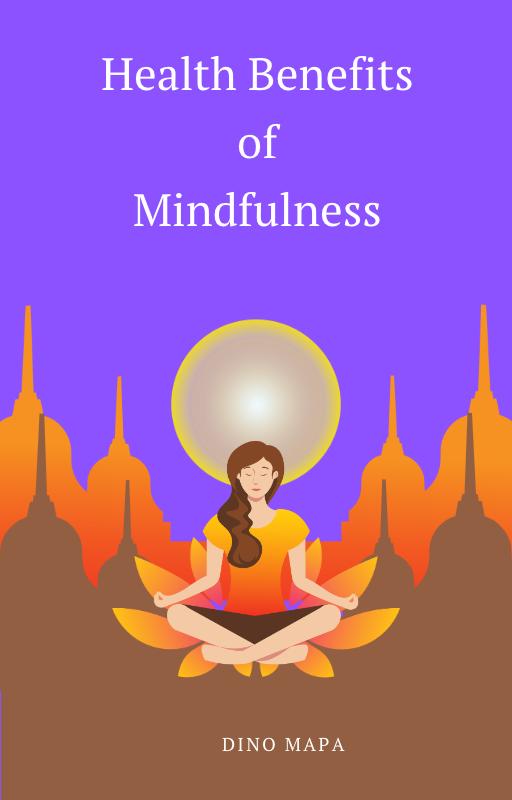Gratitude is a strong feeling that has the capacity to change our lives. We develop a good view on life that can bring us calm, pleasure, and success when we concentrate on what we are grateful for. We shall discuss the advantages of gratitude and how to develop a good view on life in this article.

Photo by Gabrielle Henderson on Unsplash
What is appreciation?
Gratitude is the emotion we experience when we recognize and are grateful for the positive aspects of our existence. It is the acknowledgement of what we have been given that is useful or important, as well as the effort or sacrifice made to provide it.
Gratitude is a strong feeling that can enhance both our mental and physical well-being. According to studies, people who express thankfulness on a regular basis are happier, sleep better, and have more robust immune systems. Additionally, gratitude strengthens our bonds with others and broadens our capacity for understanding and compassion.
Positive Effects of Gratitude
* Enhances Mental Health
Gratitude has been found to enhance mental health by lessening anxiety and depressive symptoms. According to studies, those who regularly express appreciation see a 25% decrease in depressive symptoms compared to those who do not. Gratitude has also been demonstrated to boost self-worth and foster a good self-image.
* Promotes Physical Well-Being
It has been demonstrated that gratitude enhances one’s physical health. According to studies, those who express thankfulness experience less weariness and have better-quality sleep. The immune system has been demonstrated to be strengthened by gratitude, which can reduce the likelihood of contracting diseases and illnesses.
* Encourages Resistance
We become more resilient and can handle stress and adversity with the aid of gratitude. When we give thanks for what we have, it is easier for us to appreciate the positive aspects of challenging circumstances and to derive meaning from our hardships. This can enable us to overcome obstacles and emerge more resiliently.
* Makes People Happier
Our pleasure is significantly impacted by our gratitude. Positive thinking makes us feel better and more pleased with our lives. In fact, research have shown that those who practice thankfulness report higher levels of wellbeing and life satisfaction.
* Makes Relationships Stronger
Gratitude enables us to forge closer bonds with others. We strengthen our relationships with the people in our lives and develop a sense of mutual respect and trust when we show them how much we appreciate them. Additionally, being grateful encourages forgiveness and lessens anger and bitterness.
Ways to Develop Gratitude
* Maintain a gratitude diary
Keeping a gratitude notebook is one of the best strategies to develop thankfulness. List three things for which you are grateful each day. Simple things like a clear day or a kind word from a friend could qualify as this. You can improve your attitude and feelings of thankfulness by concentrating on the positive parts of your life.
* Engage in mindfullness
The practice of mindfulness is being in the present and observing your thoughts and feelings without passing judgment. You can develop a sense of gratitude and increase your awareness of the positive aspects of your life by engaging in mindfulness practices. Spend a few minutes each day silently sitting and concentrating on your breath. Take note of the things you have to be thankful for as you do this.
* Show other people your gratitude
One of the most effective ways to develop thankfulness within yourself is to express gratitude to others. Spend some time expressing your gratitude to the individuals in your life for all they do for you. This could be as basic as saying “thank you” to your partner for doing the dishes or “thank you” to your friend for their support. You may strengthen your relationships with people and feel more gratitude by showing them your gratitude.
* Engage in random acts of generosity
Gratitude may be powerfully cultivated in both yourself and others via random acts of kindness. Spend some time being helpful to others without expecting anything in return. This can just entail buying someone’s coffee or holding the door open for them. You can improve your feelings of gratitude and spread kindness around the world by doing something nice for someone else.
* Pay attention to the here and now
We frequently dwell on the past or fret about the future, which can cause tension and anxiety. We can learn to be grateful for what we now have by keeping our attention in the present. Be mindful of the beauty all around you, whether it’s a beautiful sunset or a flower in blossom. You will cultivate a more optimistic attitude on life and boost your feelings of thankfulness by keeping your attention in the present.
In conclusion, feeling grateful is a strong emotion that has the capacity to change our life. We can adopt a more optimistic view and enjoy greater happiness, better physical and mental health, and stronger relationships by concentrating on the positive aspects of our lives. Although it takes work to develop thankfulness, the rewards are well worth the effort. We can develop a sense of gratitude that will enhance our lives and the lives of others around us by keeping a gratitude diary, engaging in mindfulness exercises, expressing our thanks to others, engaging in random acts of kindness, and concentrating on the here and now. So, take the time to be grateful for the wonderful things in your life and see how it changes your perspective.








